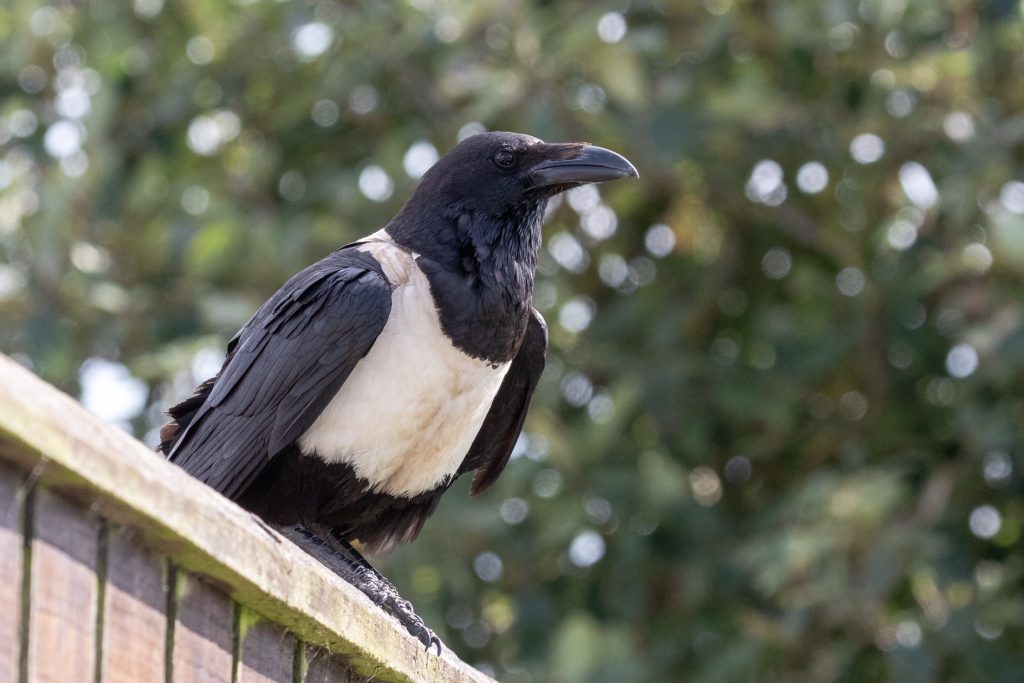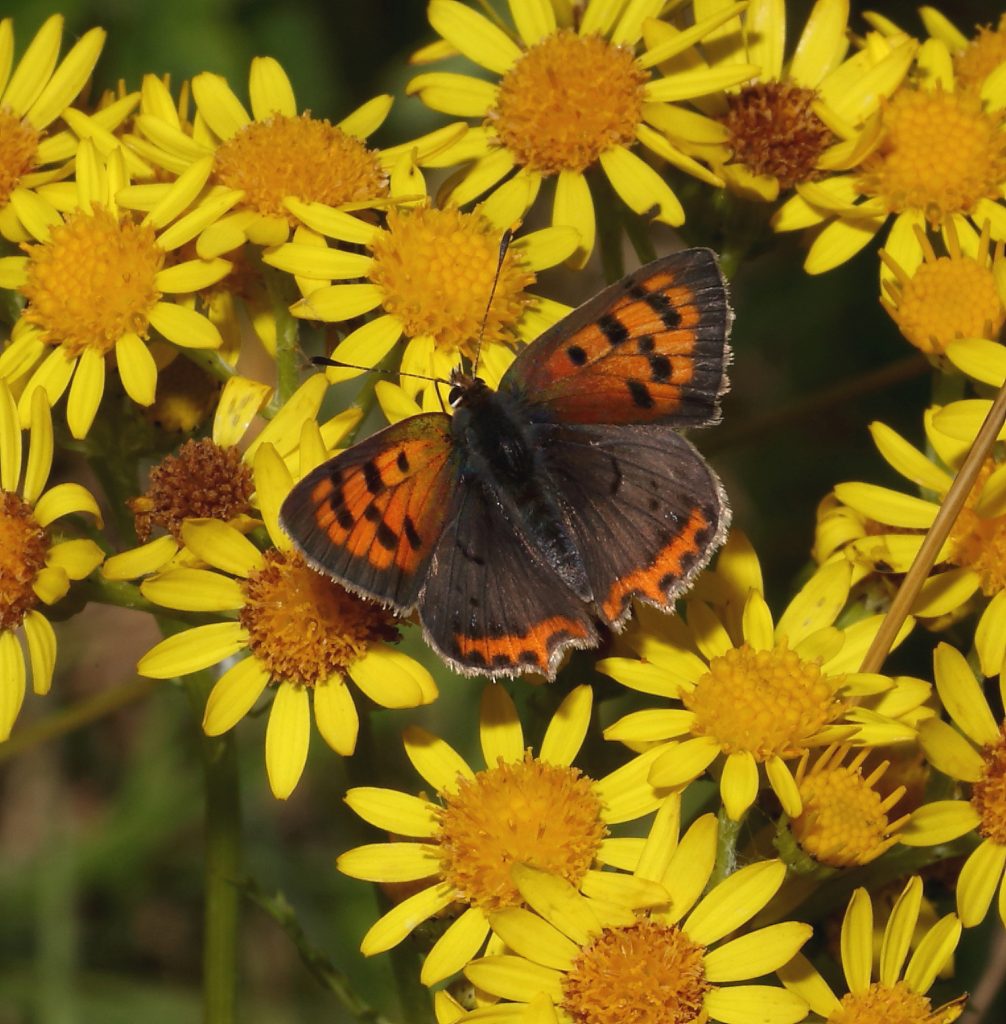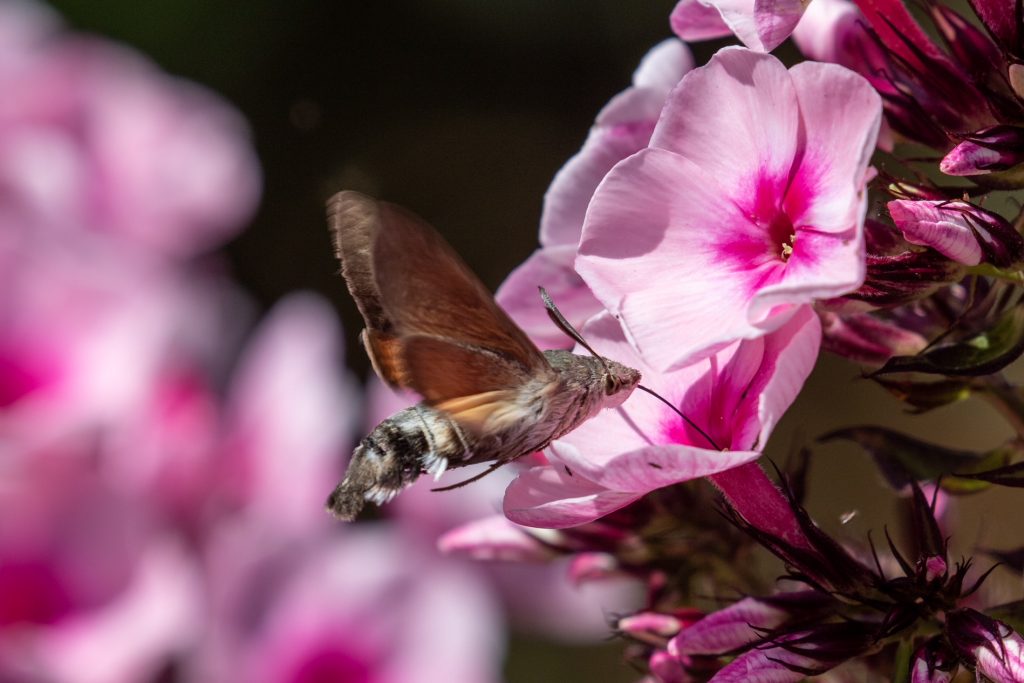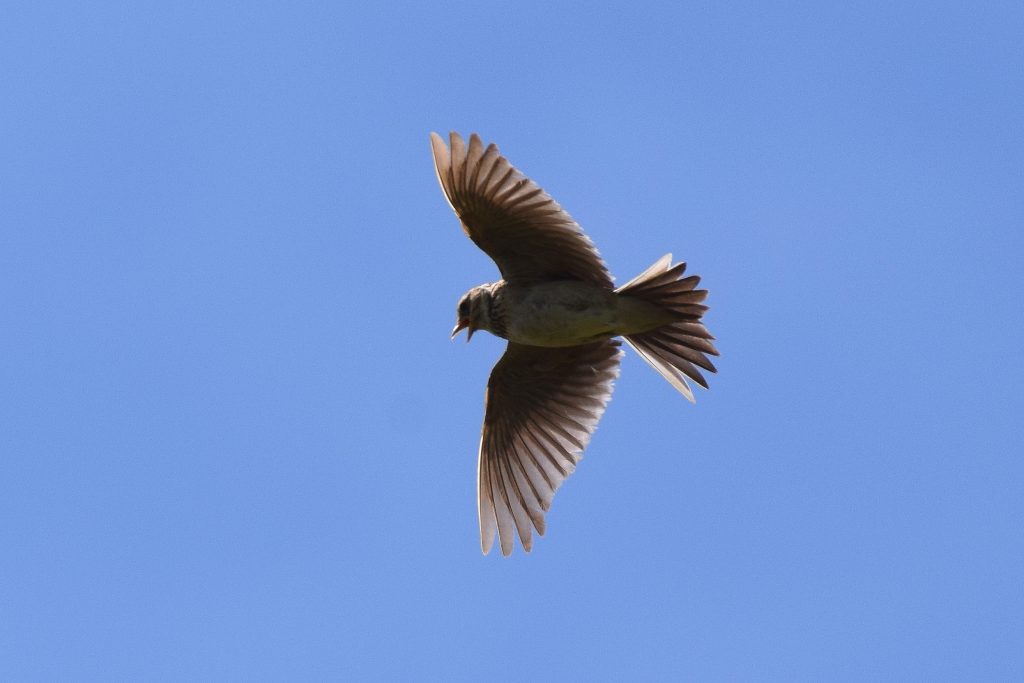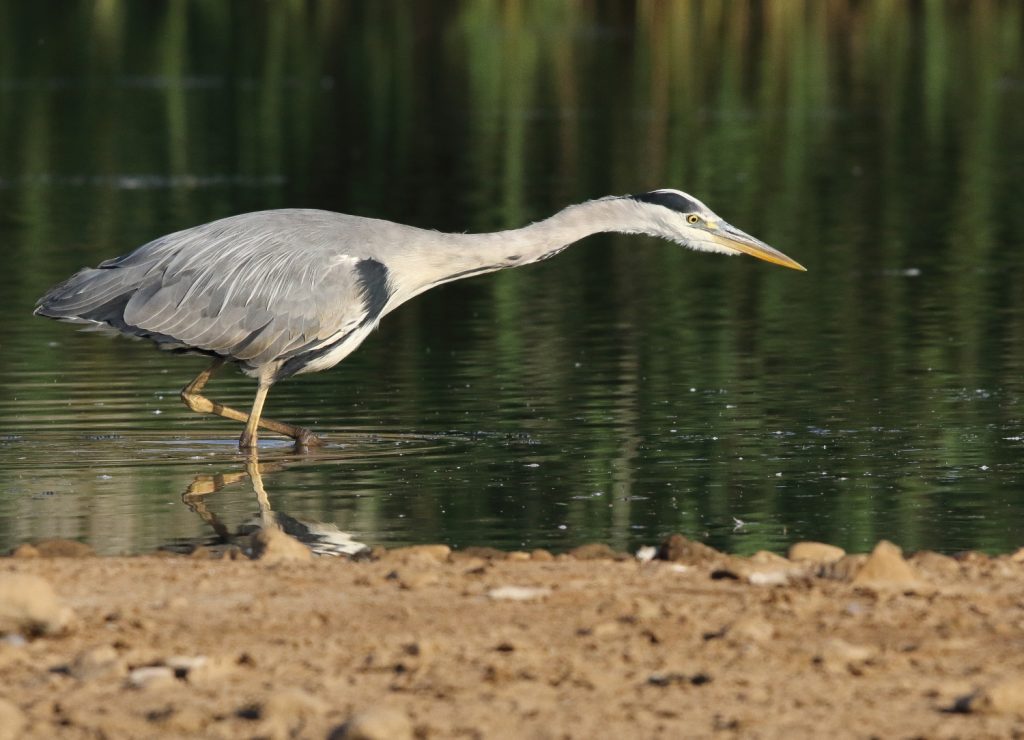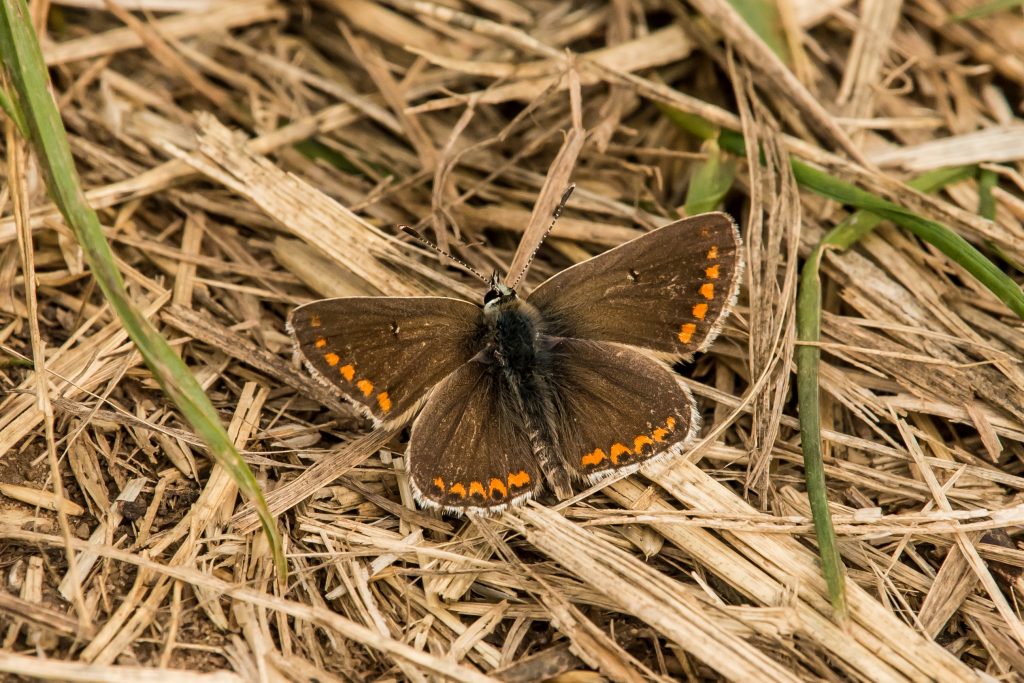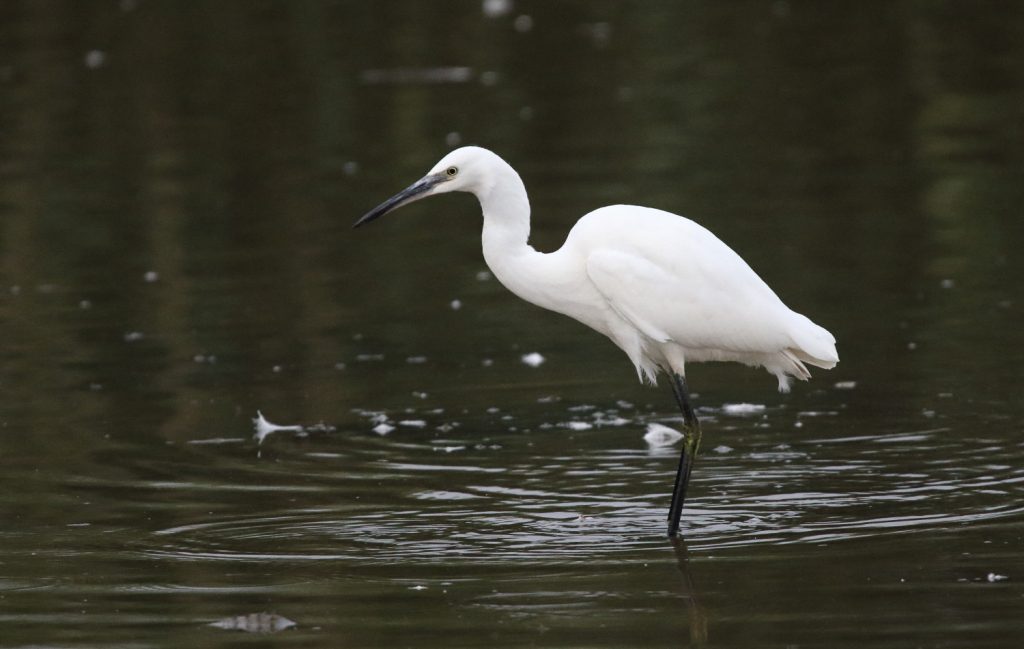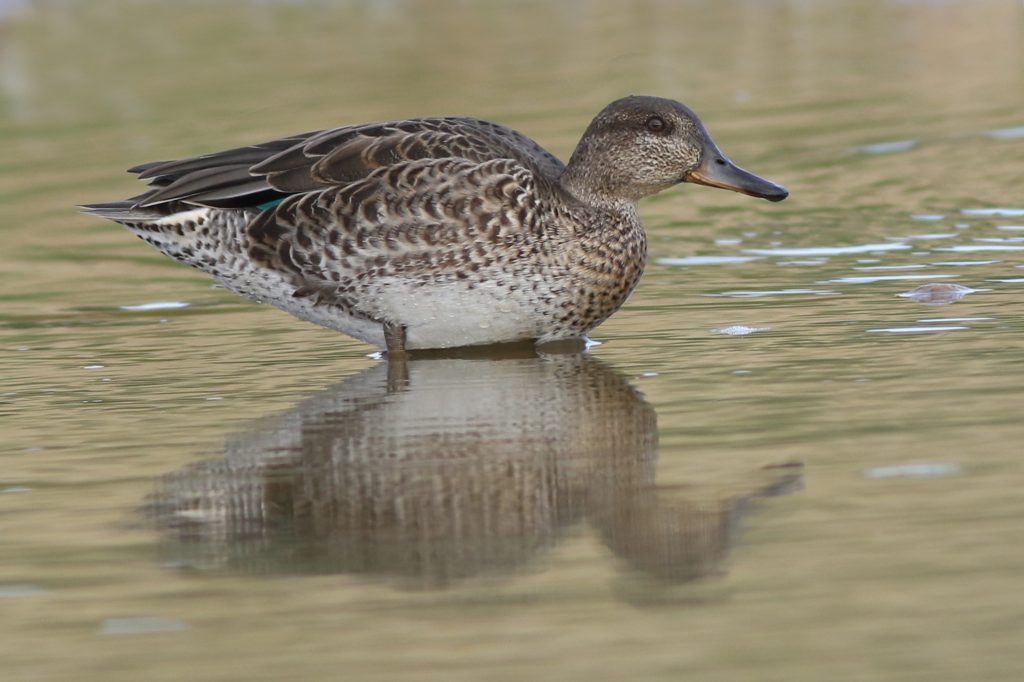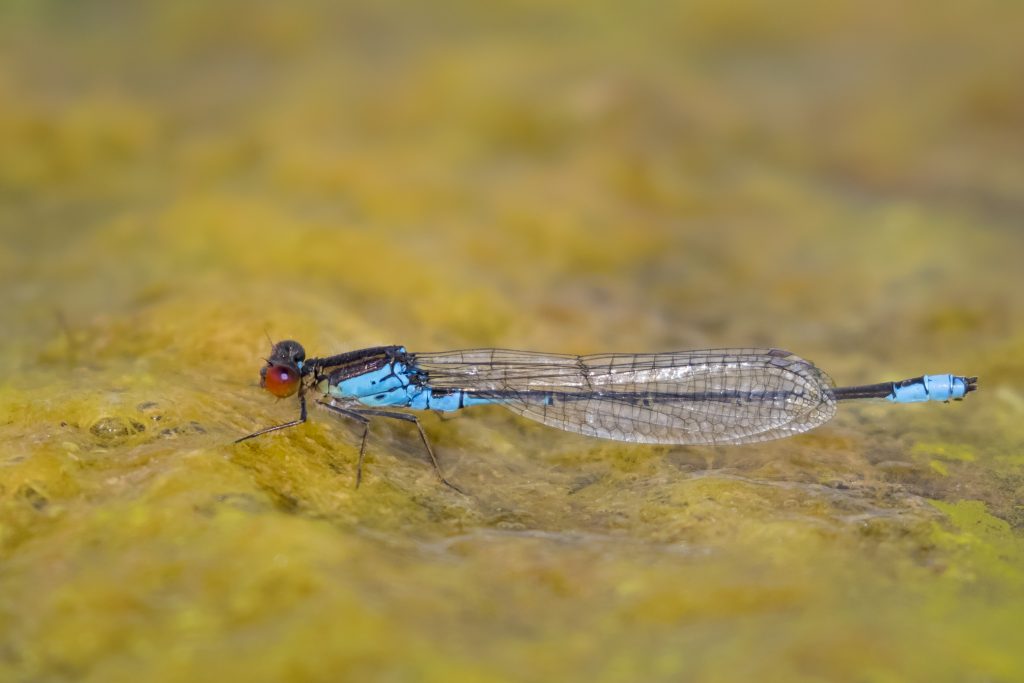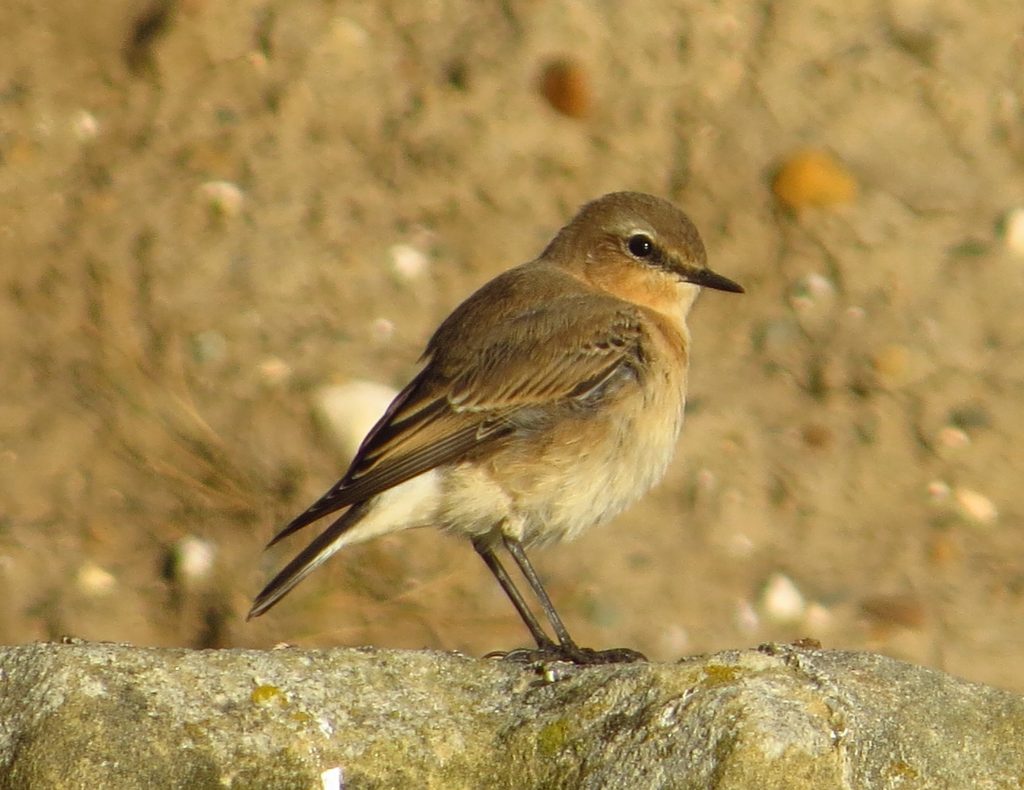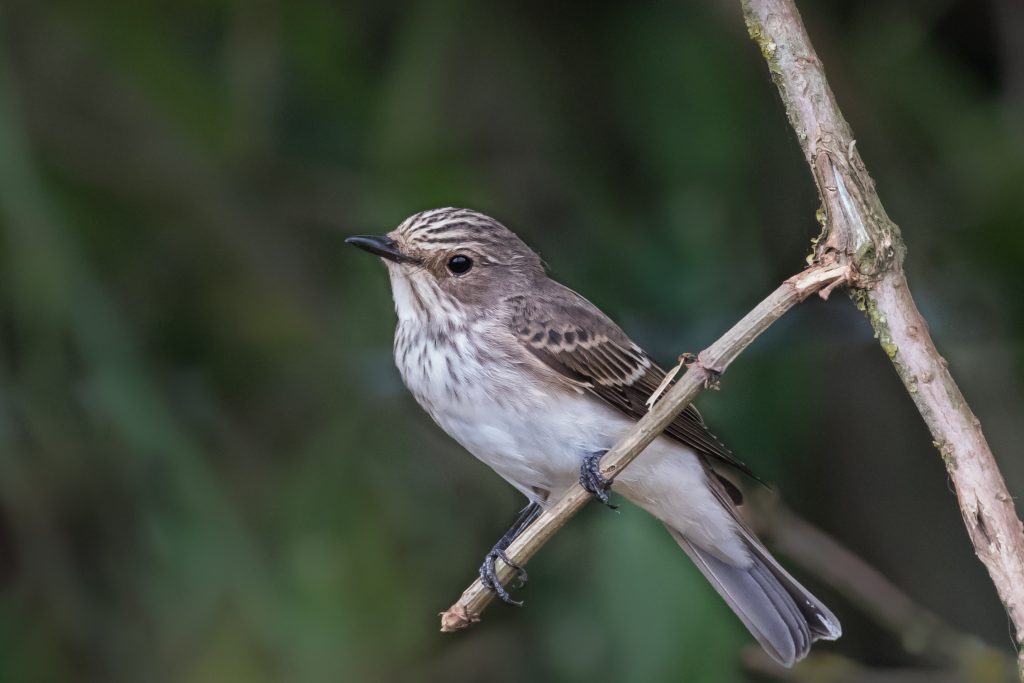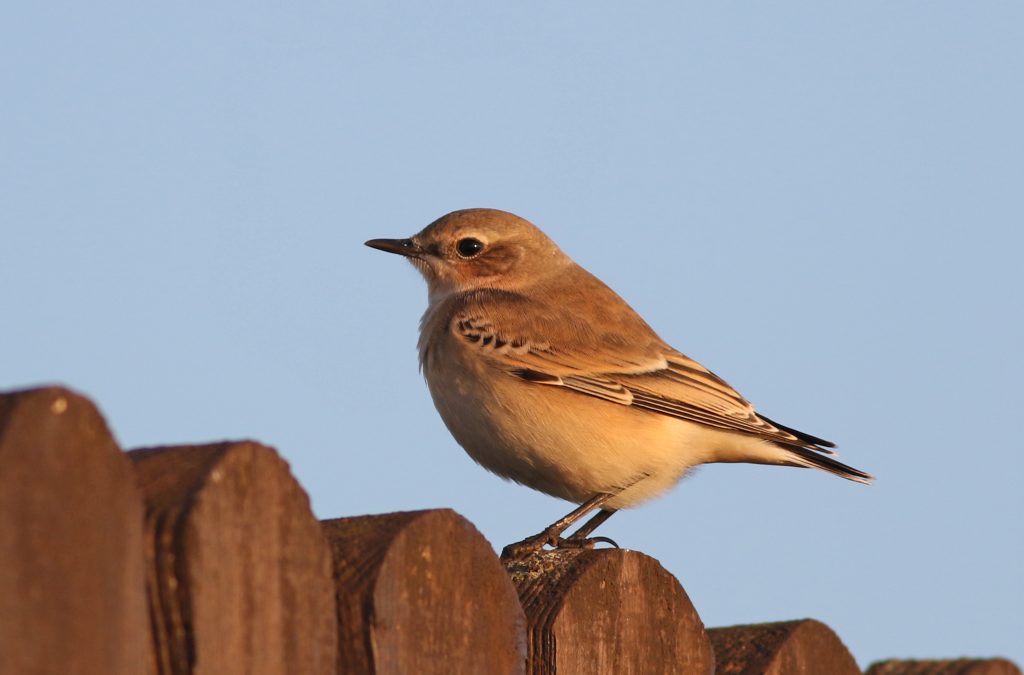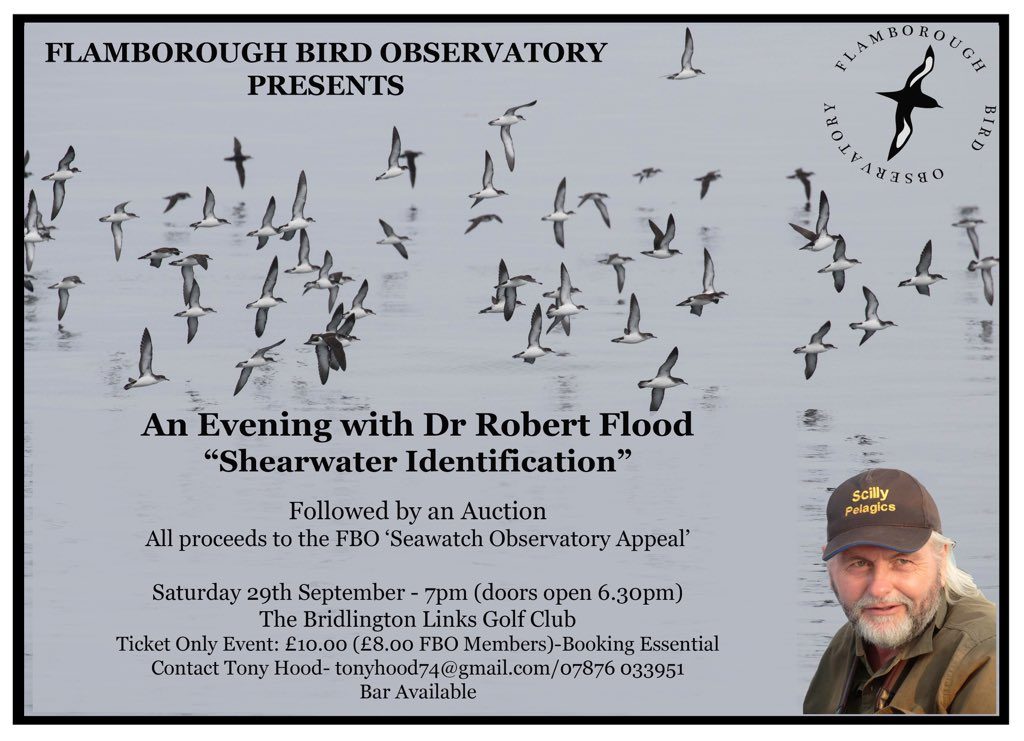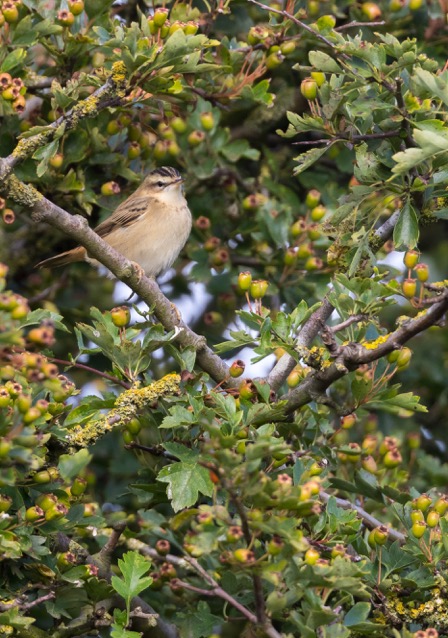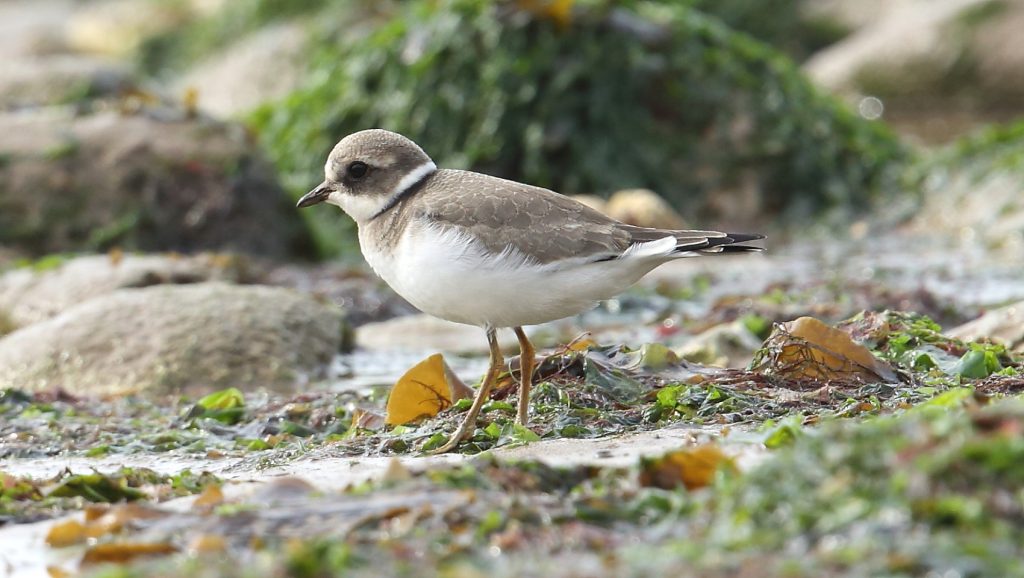A day of sunny intervals, light/moderate south-westerly winds and temperatures reaching 21 degrees C. During the seawatch, a Manx Shearwater and 27 Sandwich Terns flew north, with six Teal and a Sanderling moving south.
Thornwick Pools attracted a Grey Heron, four Shelduck, four Teal, the Wood Sandpiper, two Green Sandpipers, a Snipe, one Lapwing and five Yellow Wagtails. Stainforth’s Flash attracted another Green Sandpiper, together with two Yellow-legged Gulls; an adult and a juvenile. However, the most notable sighting related to a Honey Buzzard that flew south over Beacon Hill at 1906hrs. A Short-eared Owl was also seen near the cliff top between North Dykes and Thornwick during the evening.
West of the Dykes, a Grasshopper Warbler remained at RSPB Bempton Cliffs.



